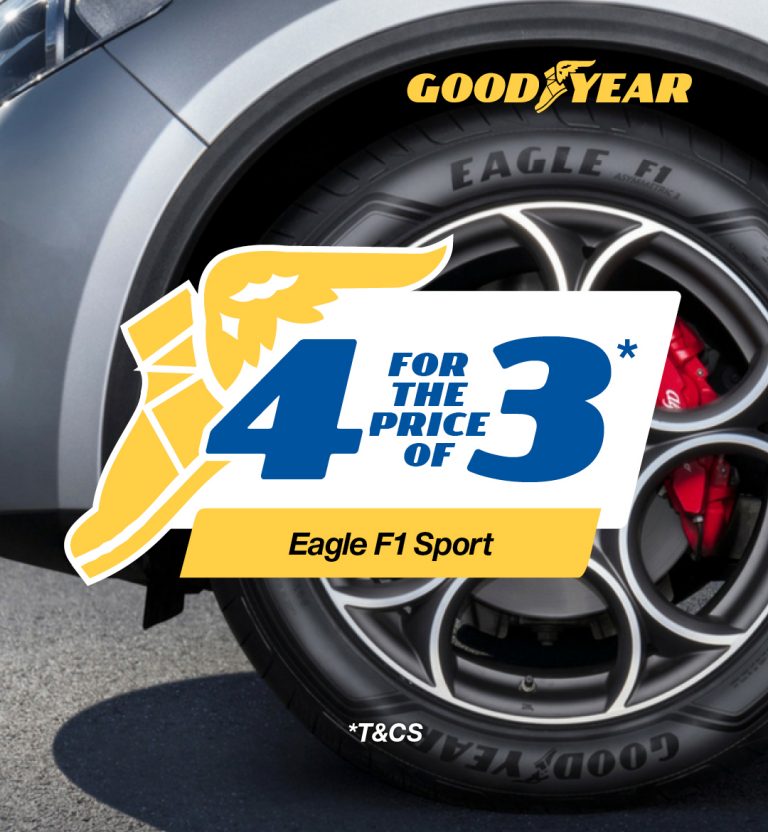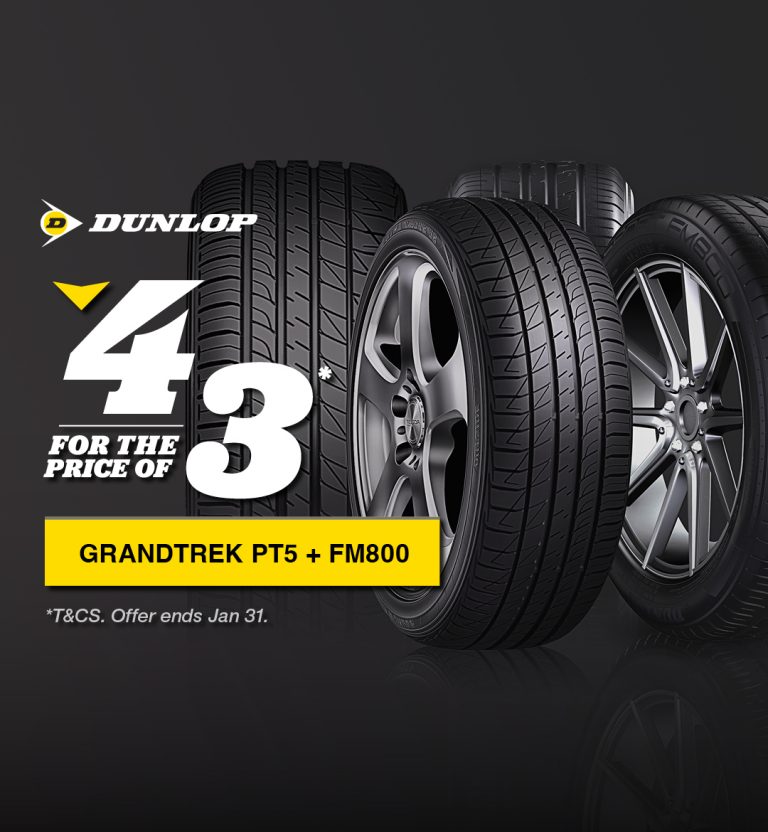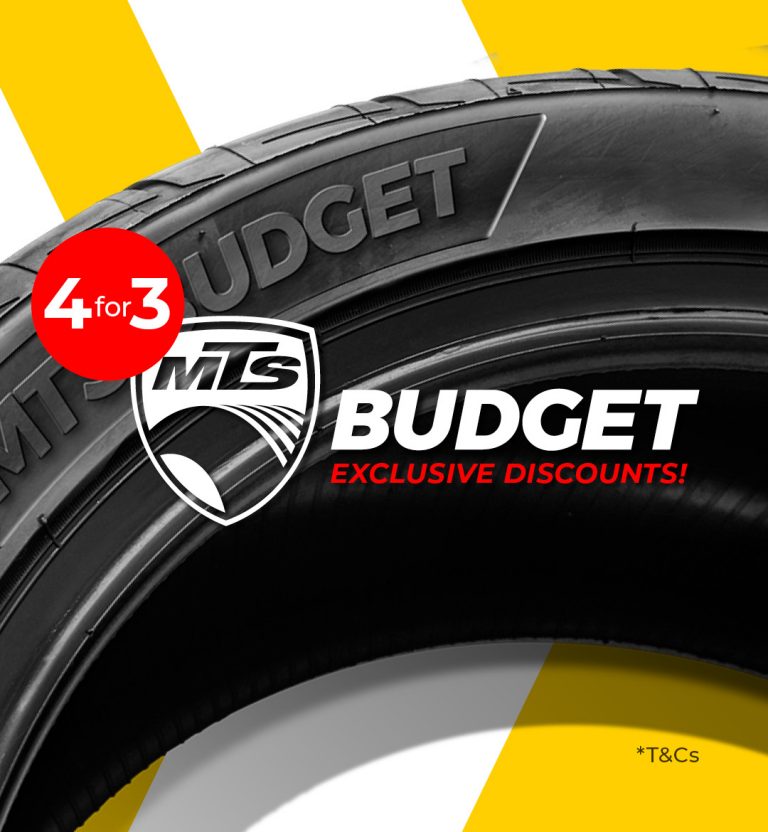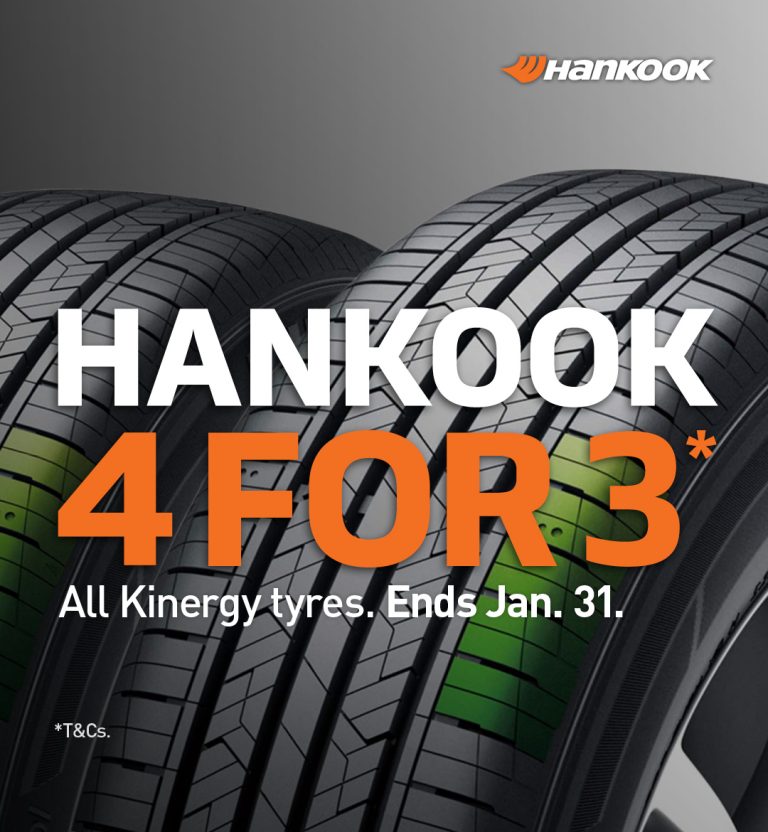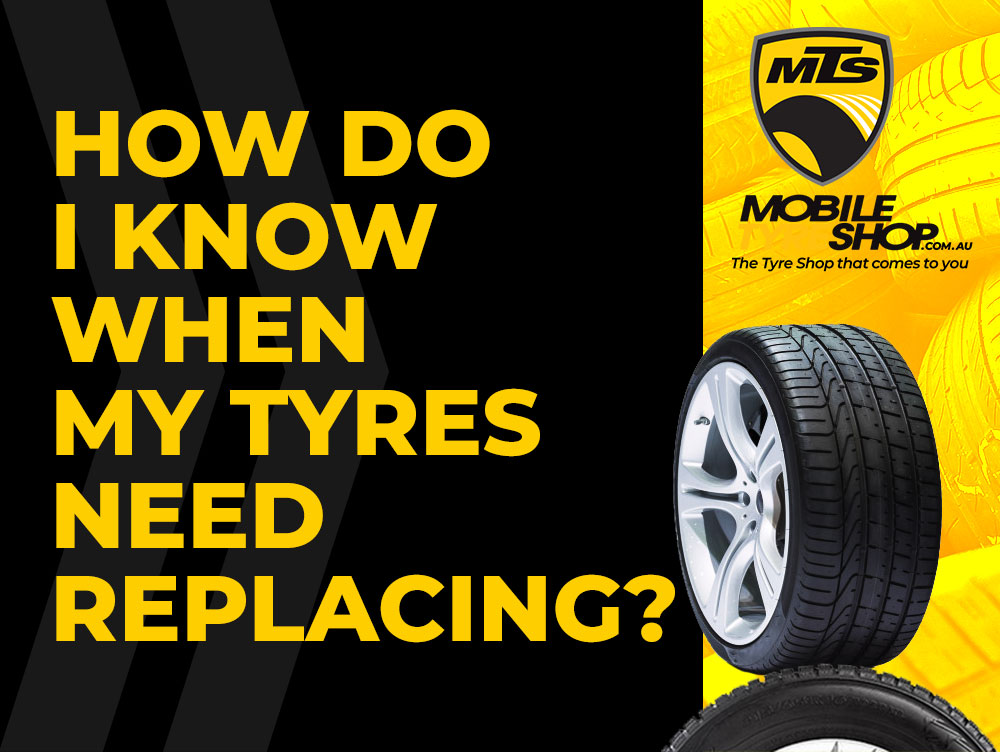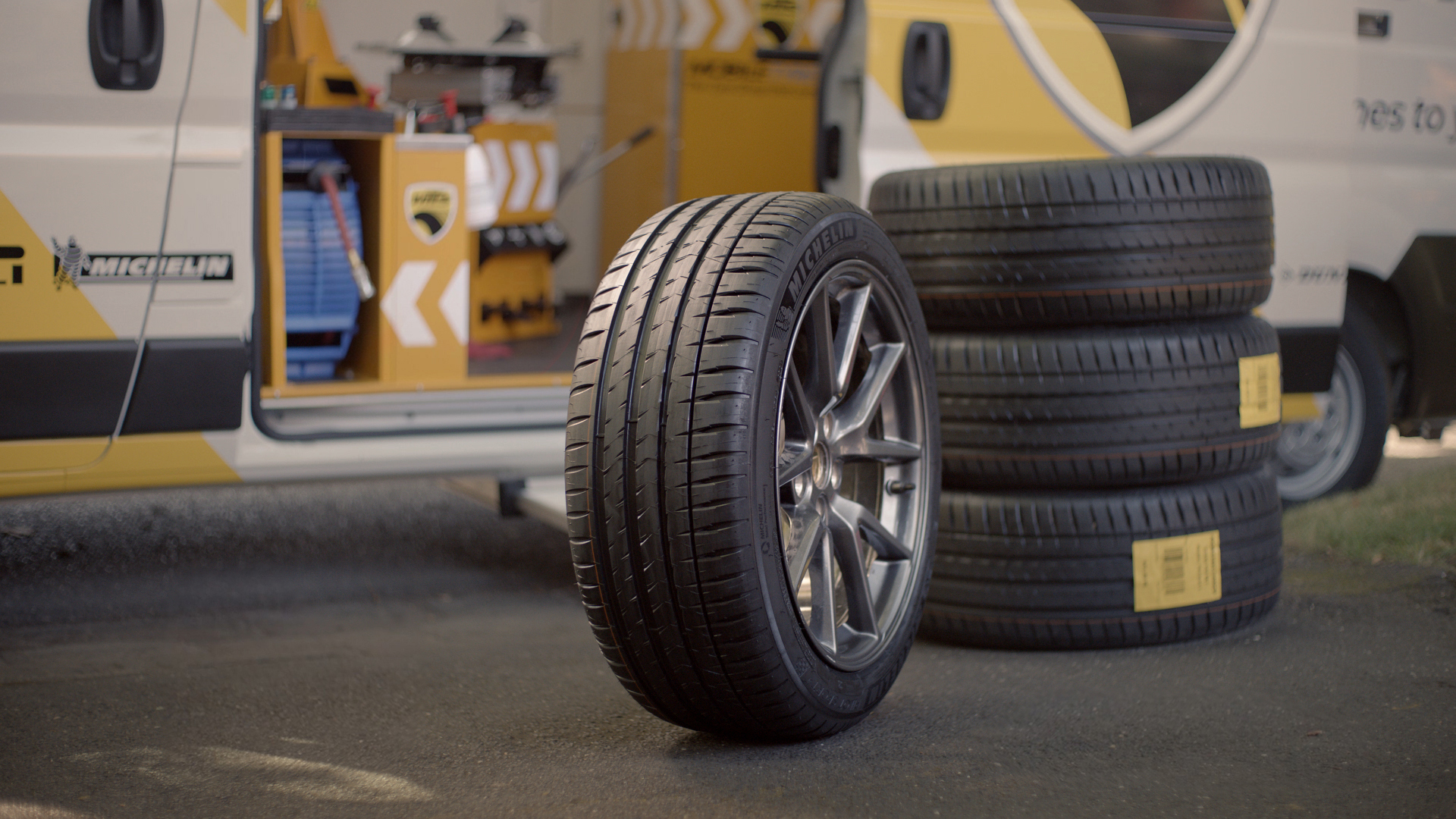Australia is known for its temperate to warm climate and long periods without rain, but over the last few years our weather and driving conditions have been anything but ordinary. Fires, floods and out of season snow have punctuate our normally predictable seasons and left many motorists wondering how to ensure their car prepared for the conditions ahead.
The good news is that whatever the weather’s extremes may be, there’s always a tyre designed to cope with it – whether your climate ranges from misty to muggy in Melbourne, or goes from wet to windy in Wollongong.
Tyre manufacturers tend to group their tyres into three basic groupings: summer tyres, winter tyres and all-weather tyres. There are two main areas of difference between the three: the rubber compound used and the tread pattern. Let’s look at each in depth so you can choose the right tyre for your needs.
Summer tyres
Summer tyres are defined as being made for weather above 7ºC. In other words, when the weather is warm to hot, and the road surface is retaining heat.
Great advances in compound technology have been made in the last 20 years, and today’s summer tyres and use new rubber formulations which soften more readily in milder temperatures and adapt easily between dry and wet conditions.
Modern summer tyres also tend to have a larger tread block with less grooves and a lower tread depth (to provide a larger footprint with the road) and fewer ‘sipes’ than winter tyres (to provide more grip both longitudinally and laterally at higher running temperatures). The combination ensures excellent handling and has a massive impact on the braking distance.
Finally, because they are designed to adapt to higher temperatures without getting soft, summer tyres commonly generate less friction and are more fuel efficient than other sorts of tyres. For this reason, summer tyres tend to be the OEM (original equipment manufacturer) for most standard passenger vehicles sold in Australia.
Winter (or ‘Snow’) Tyres
Winter tyres have a rubber compound and design characteristic that enable them to perform optimally at an average running temperatures under 7ºC, and have a ‘Snowflake on a Mountain’ symbol on their side wall, indicating that they satisfy the safety criteria for winter conditions.
To do so, winter tyres use a compound with a higher natural rubber content than summer tyres. This keeps them supple in the cold, and more able to ‘interlock’ with the road surface.
They also typically have narrow cuts in the tread called ‘siping’ that gives the tyre extra sharp edges to bite into snow and slush, plus deeper, thicker grooves to provide a cavity for snow.
Nothing grips snow better than snow, and the compacted snow build-up intensifies the grip effect of a winter tyre, adding traction to push the vehicle forwards on snowy and icy roads.
With more grooves than usual, a winter tyre’s tread pattern is also optimised to deal with the excessive water and debris that gathers on the road in foul weather. They work to clear a safe and stable path for your vehicle at speed – preventing aquaplaning as much as possible.
Few Australians use winter tyres as our conditions rarely stay cold enough for long enough to justify them. However, if you’re heading off to the ski fields for an extended period and want to equip your vehicle for the experience, Mobile Tyre Shop do have a number of winter tyres available.
Please note that winter tyres are not a substitute for snow chains, and show chains must always be fitted whenever and wherever directed by local authorities.
All-season (or all-weather) Tyres
All-season tyres blend the technology and characteristics of summer and winter tyres into an all-weather tyre created to adapt between both spells and cold snaps.
As we’ve already discussed, a summer tyre compound works at its optimum above 7°c and above, and a winter tyre’s is at 7°c and below. However, all season tyres are made with an intermediate rubber compound that allows them to stay firm, maintain shape and perform well on warm summer roads, and not harden-up, skid or slip on cold winter roads either.
They are designed to maintain control and ensure driving confidence in all but the most extreme conditions.
It’s not just all about temperature, though. The design of all-season tyres, brings together distinctive sipes in the tread, which allows them to perform well during heavy rainfall, with intermediate groove depth to ensure they can cope with some snow and ice on the roads too.
They don’t have the extreme capabilities of their summer and winter counterparts, however all-season tyre should not be seen as a compromise. Their versatility makes them a great choice for a range of conditions, they ensure you don’t need to change tyres between seasons, they regularly enjoy a good tread life and they are widely available.
Most popular tyre makes and models are available in an all-season format and can be found right here at Mobile Tyre Shop.
Want to know more about summer, winter or all-season tyres? Or just want to know the right tyres for you? Why not give one of our friendly service team a call.
Mobile Tyre Shop is 100% independent, so our team’s advice is always impartial and based upon your requirements. They\ll be sure to look at your unique situation – including where and what you drive, and how often – and then make a recommendation is best for you. As with everything we do, their aim is to always give you the greatest choice, while saving you money and time.

